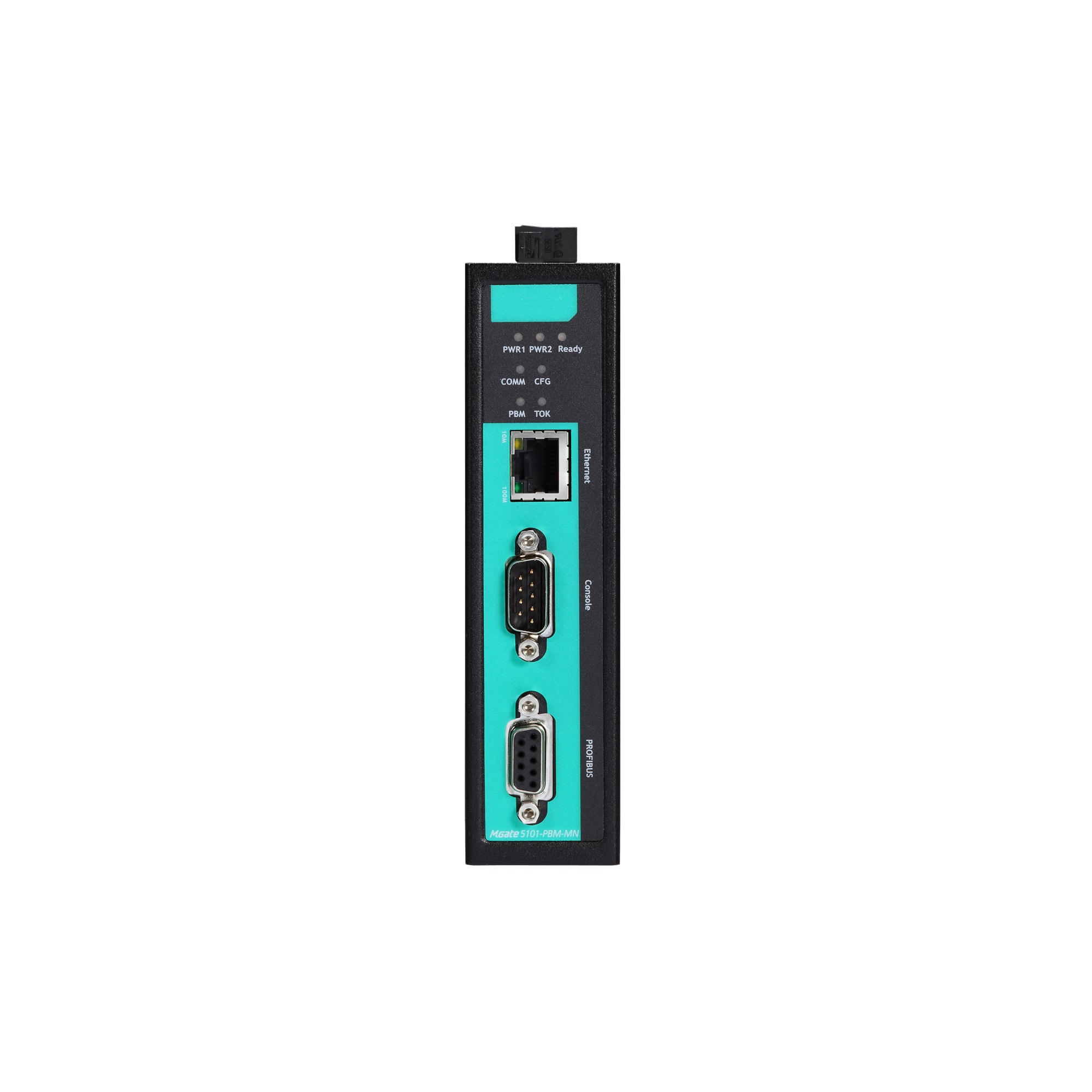Introduction: Navigating the Digital Landscape
Picture this: you’re in the middle of a critical project, and suddenly—bam! Your system crashes. Why do failures always occur during peak times? Typically, the culprit lies in the lack of a reliable input output controller. These controllers are the backbone of our tech-driven solutions, facilitating communication between a user’s input and a system’s output with finesse. As we evolve technologically, understanding the importance of these controllers can’t be overlooked.

Traditional Solutions and Their Shortcomings
Look, it’s simpler than you think: traditional controllers are often plagued by latency issues and outdated processing methods. Not to mention, they can be a huge drain on system resources! Often users find themselves stuck with devices that just don’t deliver—feeling the frustration as technology leaves them behind. It’s clear that something needs to change to keep pace with the rapid advancements in automation.

New Tech Principles Driving Change
Step into the world of modern automation, and you’ll find that new principles for input output controllers have emerged. These cutting-edge technologies bring speed, efficiency, and remarkable user interaction capabilities to the table. By utilising advanced protocols and real-time data processing, users can enjoy a seamless integration experience that feels almost intuitive. This is a game-changer for industries relying on timely and accurate responses from their systems.
User Benefits You Can Count On
Think about it: reduced downtime, elimination of errors, and maximised productivity are just a few of the benefits that come from implementing a reliable controller. Users report a 30% increase in efficiency when switching to modern systems. With results like that, it’s clear that the transition from traditional to advanced controllers is more than just a good idea—it’s essential for staying relevant in an ever-evolving marketplace.
Conclusion: Key Metrics for Selecting Solutions
Before diving headfirst into a new system, always verify these 3 metrics when choosing solutions: ① response time ② energy efficiency ③ scalability. These criteria can ultimately impact your overall performance and success rate. As you make these important decisions, consider integrating the impressive technologies from trusted manufacturers like DECOWELL, who not only supply cutting-edge products but also offer the support you need to leverage them effectively.
Exploring the Depths of the Input Output Controller
When you dive deeper into the realm of automation, the input output controller emerges as a pivotal player. Its role connects hardware and software, ensuring that commands are executed correctly and that feedback is handled promptly. In industries ranging from manufacturing to smart homes, these controllers are vital for achieving precise operations. Just think about how much smoother processes would run if every command was executed without delay—sounds ideal, right?
Industrial IO Controllers: Powering the Future
Now, let’s chat about the industrial io controller. These bad boys take automation to the next level, designed specifically for rugged environments where reliability is non-negotiable. They’re not just about sticking to the basics—they come equipped with advanced diagnostics and help manage complex tasks across multiple systems. Industries can harness this technology for real-time data transfer and monitoring, making these controllers indispensable in modern manufacturing facilities.
In Summary: Why Choose DECOWELL
To wrap things up, the evolution of input output controllers and industrial io controllers has revolutionised how we approach automation. They’re not just tools; they are essential to success in this digital age. When it comes to choosing these vital solutions, make sure to check out DECOWELL. With a commitment to quality and an impressive product range, they stand out as a manufacturer with distinct supply advantages, ready to meet the demands of the future.
